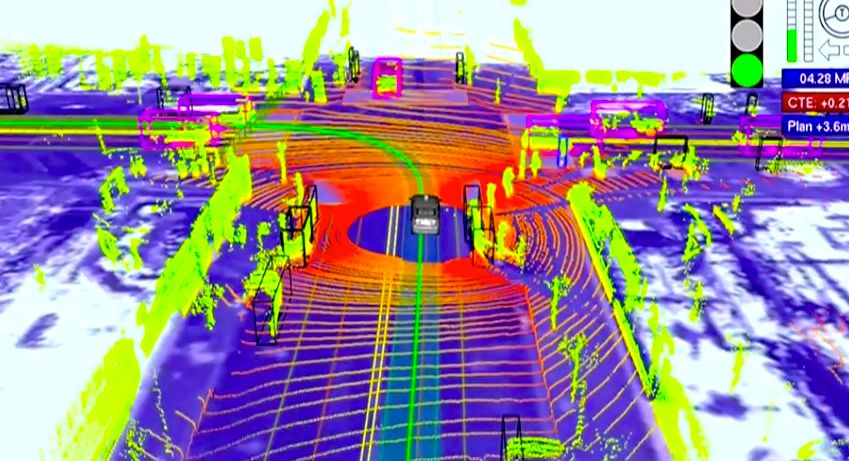What is the
first thing you usually spot when you look up in a public place, like a
shopping complex, park, railway station, or any other public place? What is the
thing that is common to all these places? It’s a simple camera fitted for
security purposes, know as the Closed-circuit television (CCTV) to the common
man. But is this security camera
actually secure? That is a question that we need to ask ourselves, and the
authorities fitting these cameras. How
safe are these cameras? Are these authorised? What if these video feeds reach
the wrong hands?
A CC.. what?
ü Closed-circuit television (CCTV), also known as video surveillance, is the use
of video
cameras to transmit a signal to a specific place, on a limited
set of monitors. It differs from broadcast
television where the signal is openly transmitted;
in CCTV the signal may employ point to point (P2P), point to multipoint, or
mesh wireless links.
ü These systems evolved from a reel-to-reel media, to using magnetic
tapes, to VCR systems, to digital multiplexing and finally- to it’s current
form of CCTV; wow! That’s a lonnnggg journey!
ü CCTV has been presented to us as a
technical solution to security problems. With the help of CCTV, its providers
claim, we can more effectively prevent, detect, and/or prosecute crimes ranging
from major terrorism to minor vandalism. Uses of CCTV:
- · To prevent criminal activities
- · Industrial processes taking place under conditions threatening humans
- · Traffic monitoring
- · Transport safety
- · Control in retail
- · Safety in schools
Sounds good! Where’s the problem?
Disguised as
a means to secure areas, this poses a threat to all those who care about their
privacy, which is, everyone on the face of this planet! This problem is the
main reason behind CCTV being regulated against. Deployment of CCTV into public
spaces, spaces where we do not expect a high degree of privacy in the conventional
sense; they are accepted. Privacy may not be an issue here; it matters when
discussing deployment of CCTV for surveillance of private spaces. They may be
used by criminals to gain access to private information of others’. For
example,
- · planting small hidden cameras in ATMs to capture people’s PINs as they are entered,
- · Hidden cameras in hotel rooms to capture private moments of individuals and blackmailing them,
- · use in washrooms and trial rooms to capture people changing clothes and blackmailing individuals.
These small scale criminal activities can be
used to impact brand reputations and defaming companies leading to colossal
damage.
What to do now?
A way to deal with problems of surveillance is
to implement technical fixes like public key encryption for electronic
communications.
A person uses a computer to generate a message
Communicated through the telephone network to another computer
Surveillance of this message is possible by tapping into the network and deciphering the computer text.
Now add encryption: the sender uses a little program to turn their message into code, using their own private key and the receiver's public key.
The receiver is able to
decipher to message by using the receiver's private key and the sender's public
key.
The receiver also knows that the message could
only have come from the sender, for whom the key thus is an electronic
signature. This method requires a fair bit of computing power but could be
cheap if mass produced.
Where’s this headed?
Recently, the cloud video
surveillance industry, which offers Video Surveillance as a Service (VSaaS),
has been
experiencing considerable growth with
no end in sight. Hoping to evolve in the
name of “standoff biometrics” and “behavioural recognition” systems;
fusion of several technologies including CCTV surveillance is what is the
future of CCTV.
In India, the use of CCTV hasn’t evolved enough to reach the latter stage of biometrics. Given the population of the country, employing individuals for security purposes is much easier than actually setting up cameras everywhere, and will provide employability, nevertheless we hope to see technology evolve.
In India, the use of CCTV hasn’t evolved enough to reach the latter stage of biometrics. Given the population of the country, employing individuals for security purposes is much easier than actually setting up cameras everywhere, and will provide employability, nevertheless we hope to see technology evolve.





.jpg)









